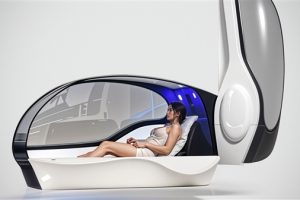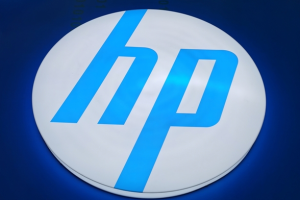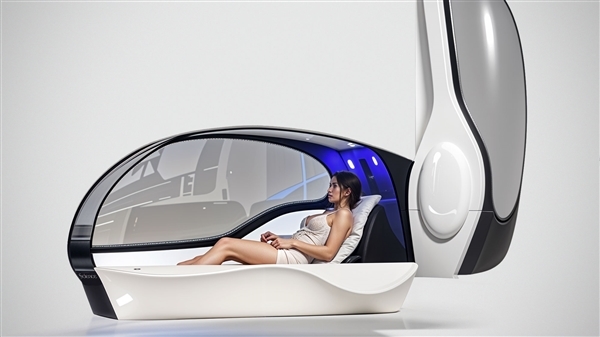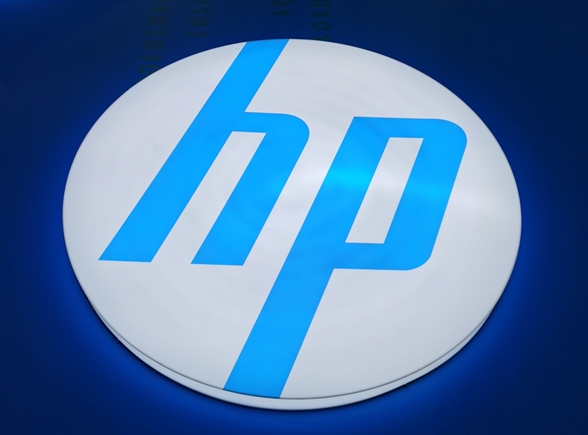April 28, 2025 – In the latest installment of his newsletter Power On, Mark Gurman has unveiled exclusive details about Apple’s ongoing development efforts for its next-generation augmented reality (AR) and virtual reality (VR) headsets under the Vision Pro umbrella. The tech giant is reportedly planning to introduce two distinct variants of the device, with potential launch windows stretching from late 2025 to early 2026.
According to Gurman’s sources, Apple is engineering a streamlined, budget-friendly successor to the flagship Vision Pro headset. This lighter iteration, tentatively rumored to carry names like “Apple Vision” or “Apple Vision Air,” aims to address consumer demand for a more portable, everyday-use device without compromising core functionality. Notably, internal components could undergo a material transition, swapping aluminum frames for titanium alloys to reduce weight while maintaining structural integrity—a move reminiscent of Apple’s past innovations in product durability. Meanwhile, the external shell would retain aluminum construction, and the device might adopt a sleek black color palette inspired by the iconic iPhone 5 design, offering a clear visual distinction from the Pro model’s premium aesthetic.
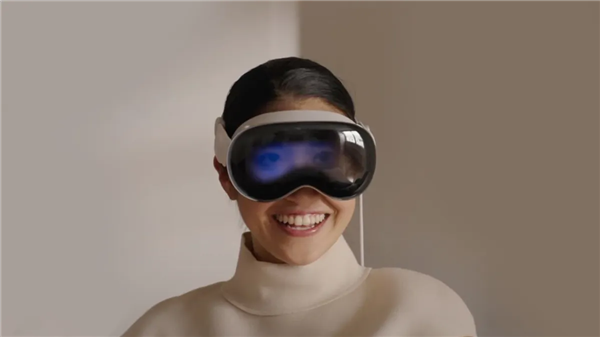
Gurman suggests this lightweight variant could hit store shelves as early as late 2025 or the first half of 2026, positioning it as a potential market disruptor. However, industry analysts remain divided on whether the device will serve as a direct replacement for the current Vision Pro or occupy a new mid-tier segment, targeting price-conscious users who prioritize comfort and accessibility over bleeding-edge specs.
The second prototype in Apple’s pipeline takes a decidedly different approach: a tethered headset designed explicitly for desktop integration. This model would rely entirely on a Mac computer for processing power, effectively outsourcing computational demands to Apple’s high-performance desktop ecosystem. By leveraging existing Mac hardware, the device could offer enterprise users and power creators a specialized VR/AR solution optimized for productivity tasks, from 3D modeling to immersive collaboration. Gurman did not specify a timeline for this model’s release, though industry observers speculate it could follow the lightweight version’s debut by several months.
Rumors about a lighter Apple Vision headset have circulated for months, with insiders highlighting user comfort as a top priority. By reducing bulk and weight, Apple aims to extend wearable sessions without causing fatigue—a critical challenge for consumer VR adoption. The potential shift to titanium components also aligns with the company’s broader strategy of blending cutting-edge materials with ergonomic design, as seen in recent Apple Watch iterations.
While Apple has yet to confirm these developments officially, Gurman’s track record of accurate leaks positions his reporting as a credible preview of the company’s spatial computing roadmap. As 2025 progresses, tech enthusiasts and industry competitors alike will closely monitor whether Apple’s dual-pronged strategy—balancing affordability with niche professional tools—can redefine the burgeoning AR/VR market.

